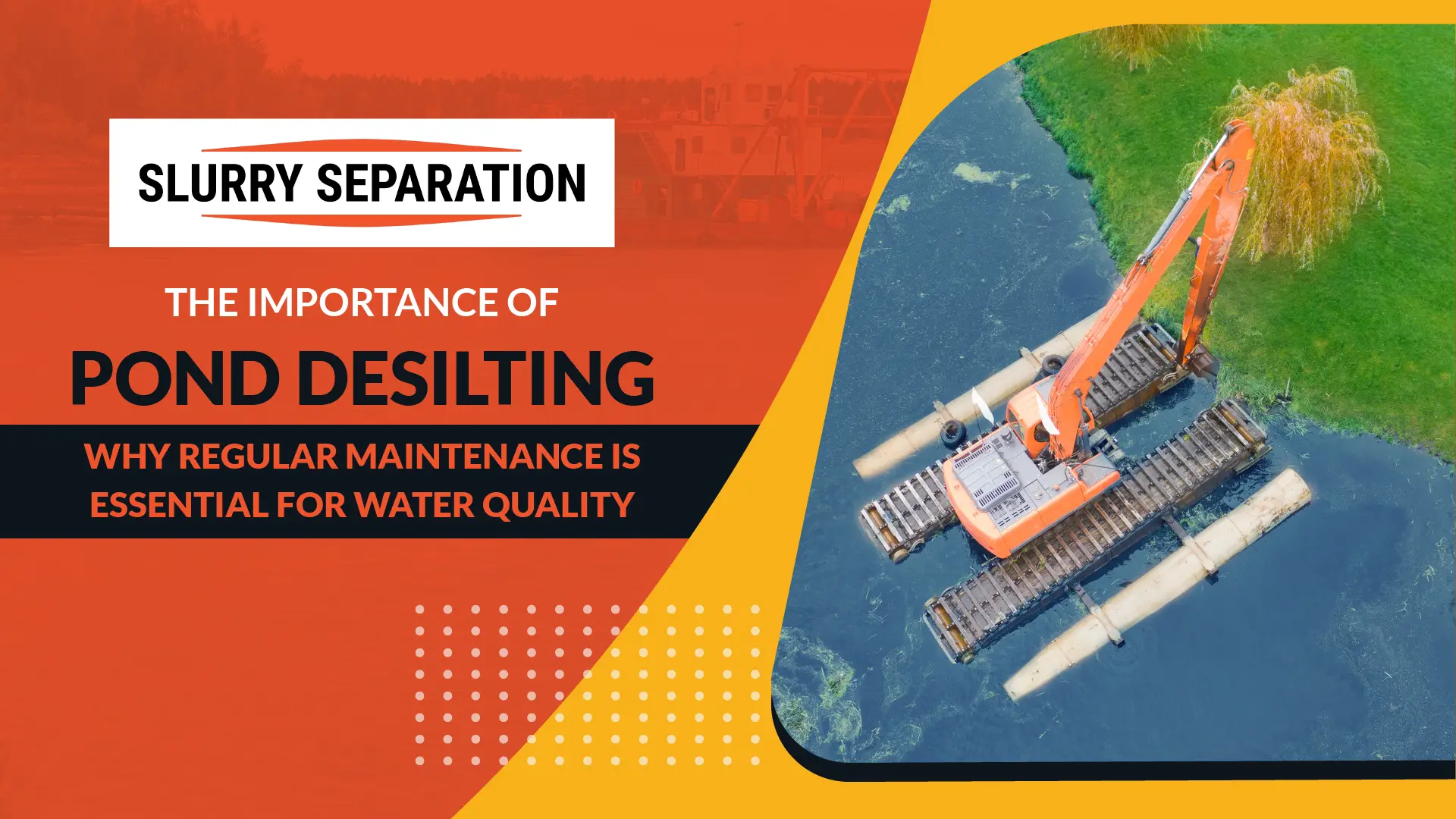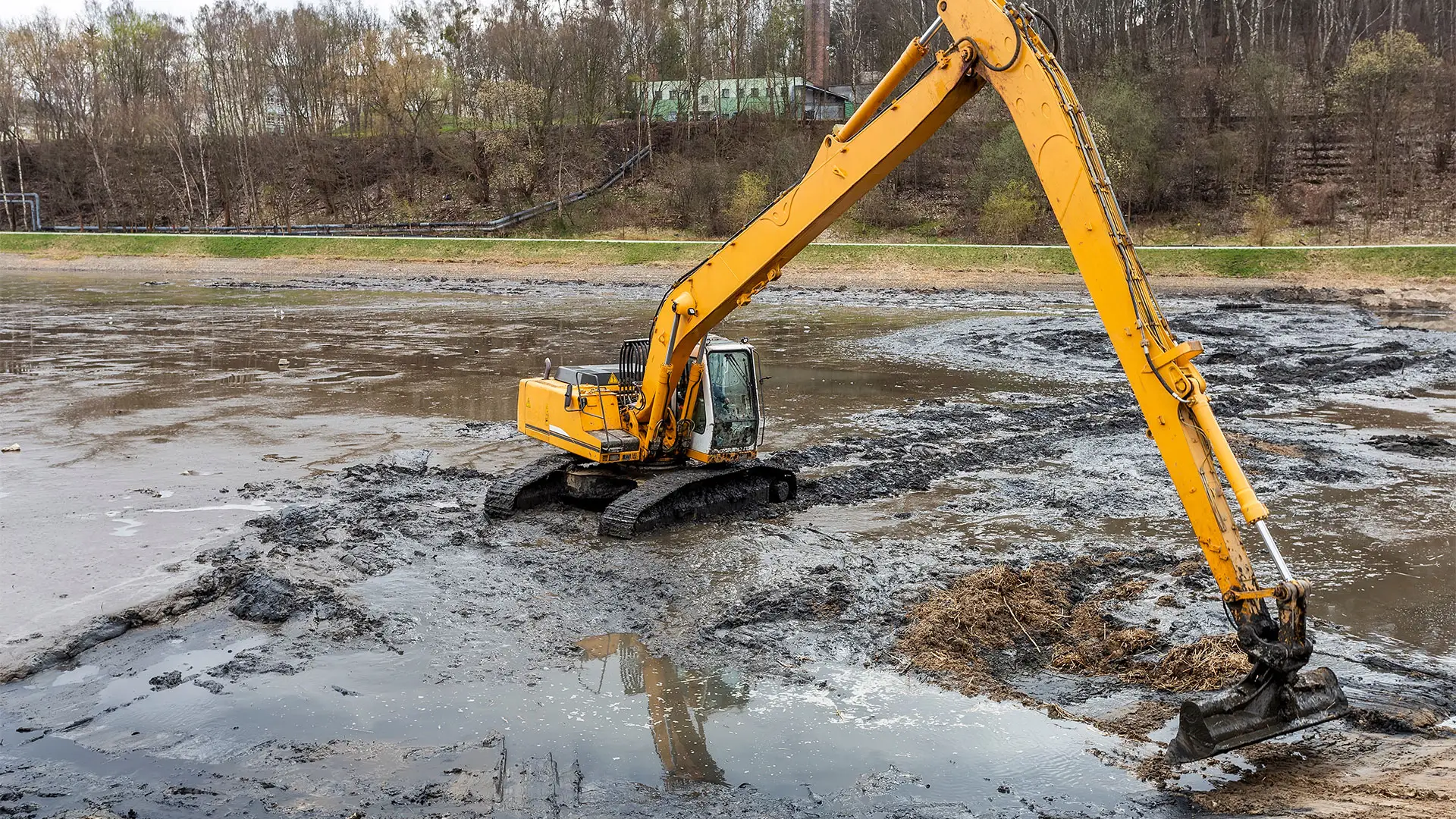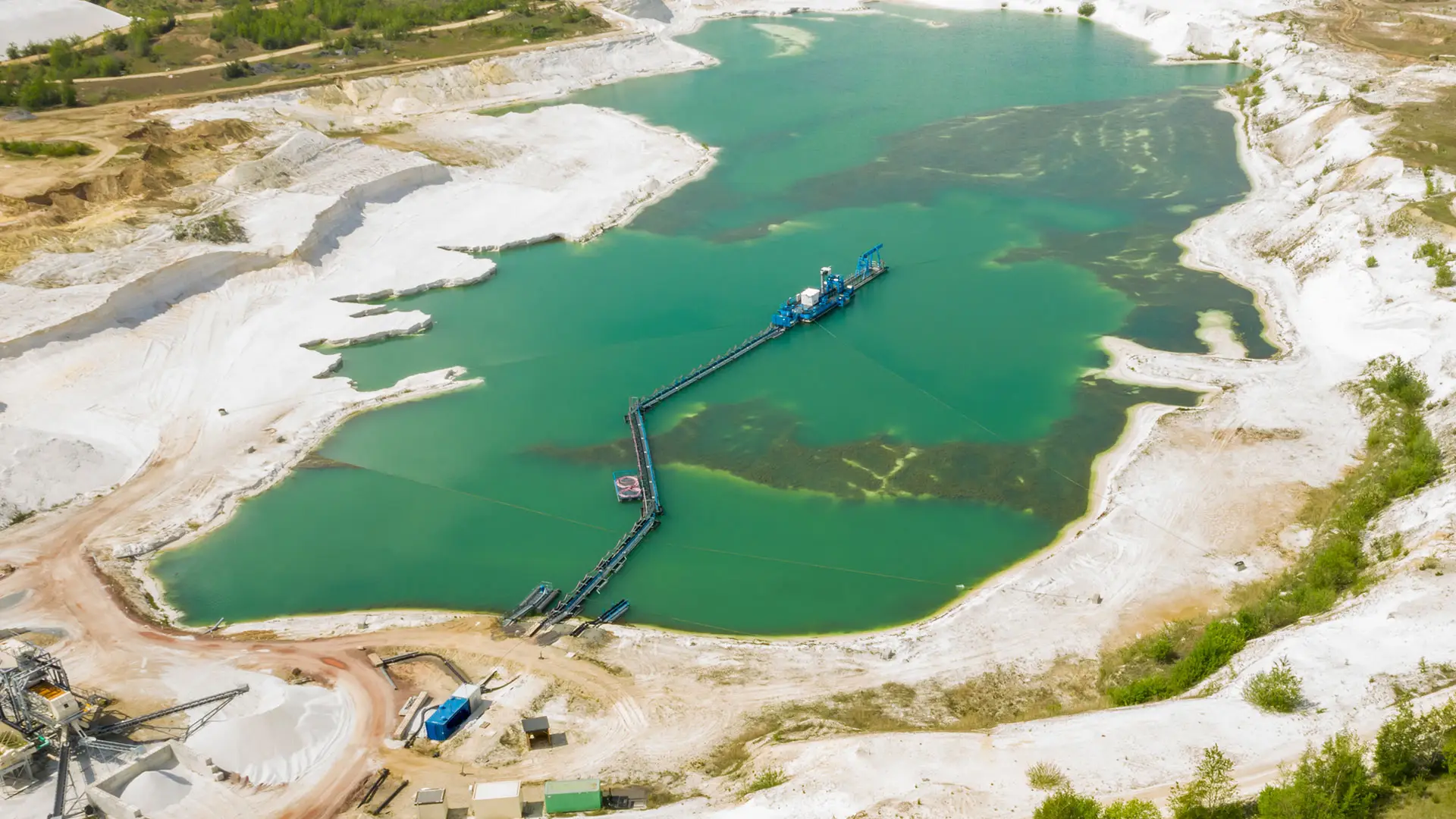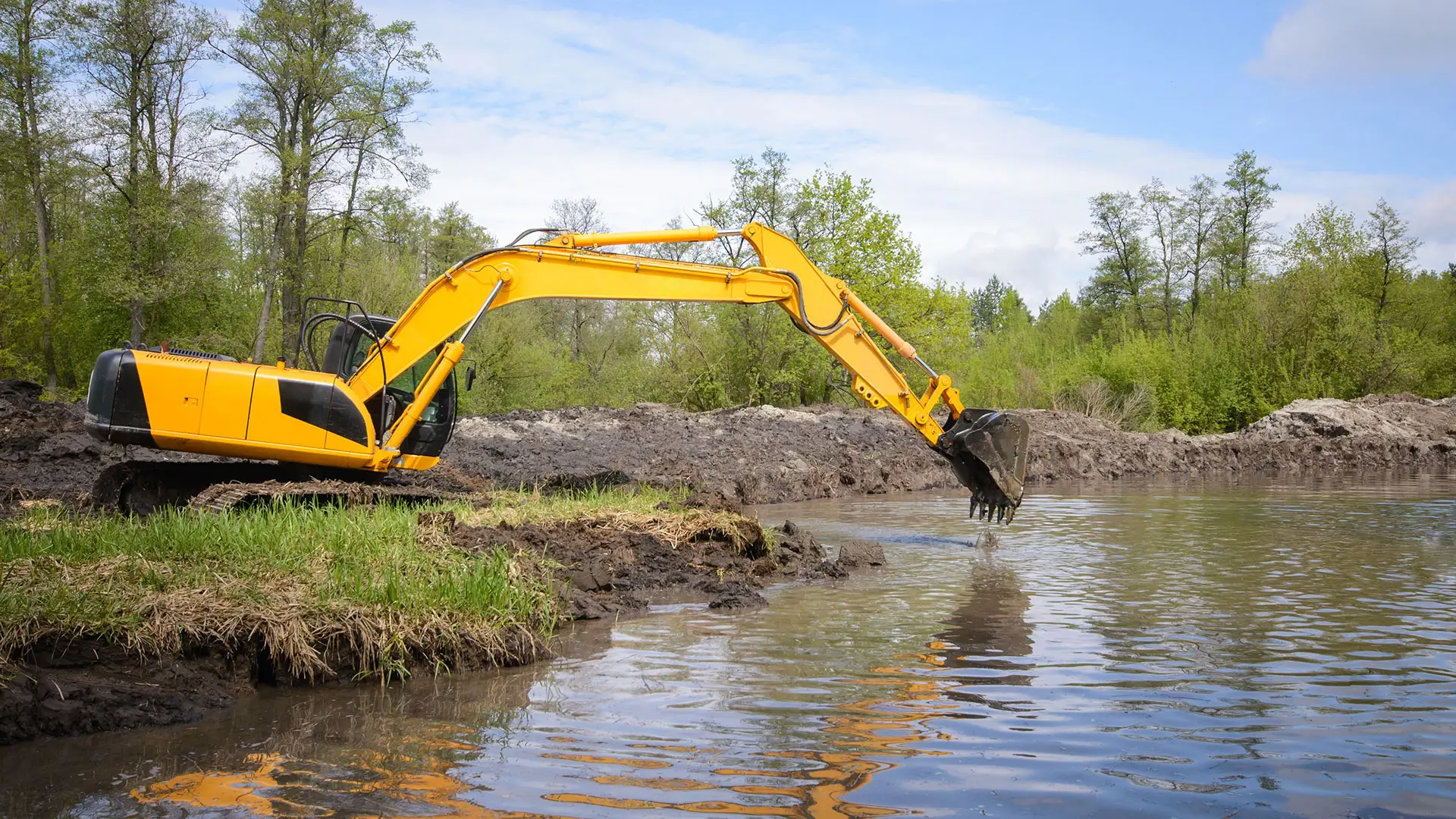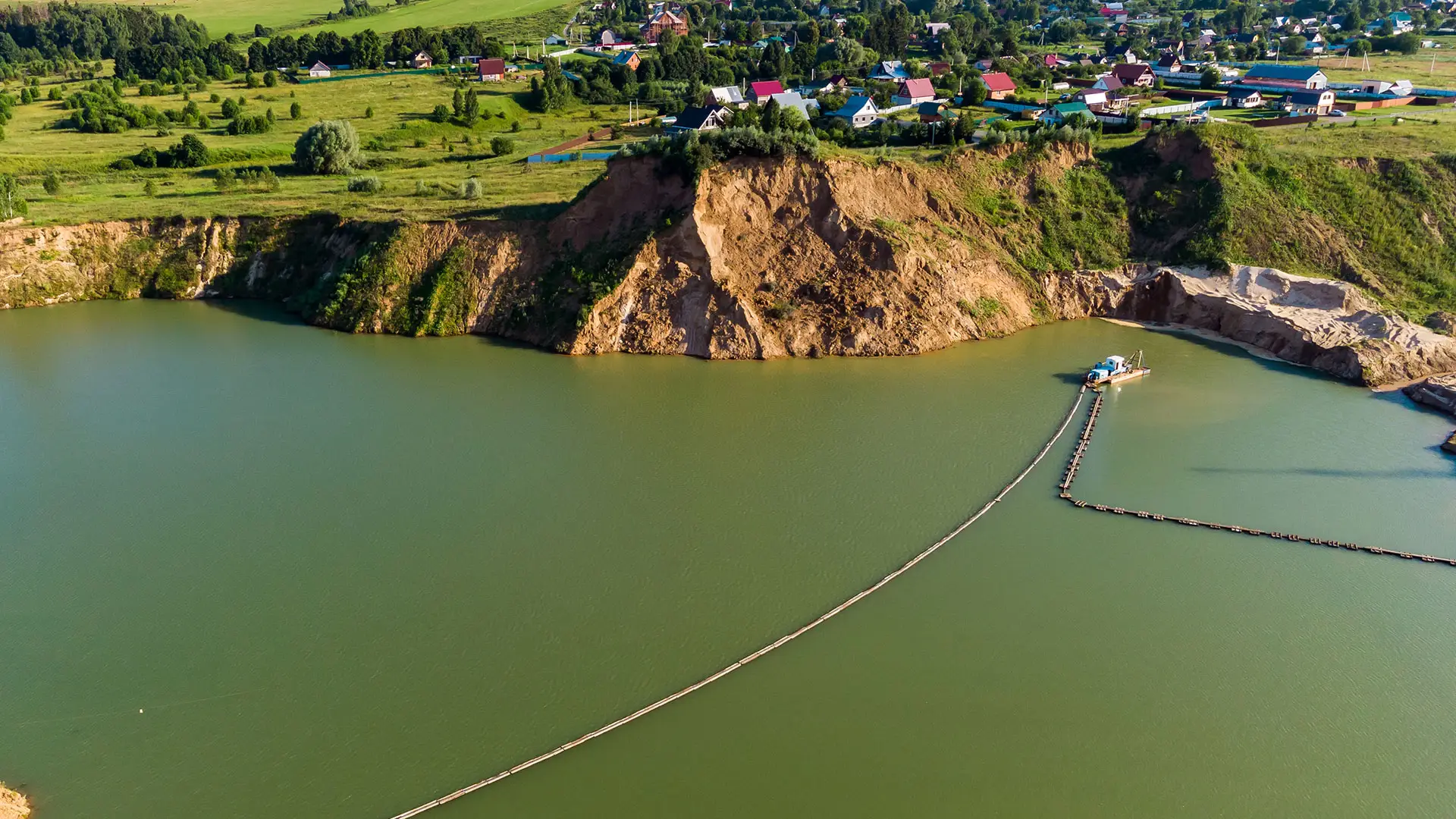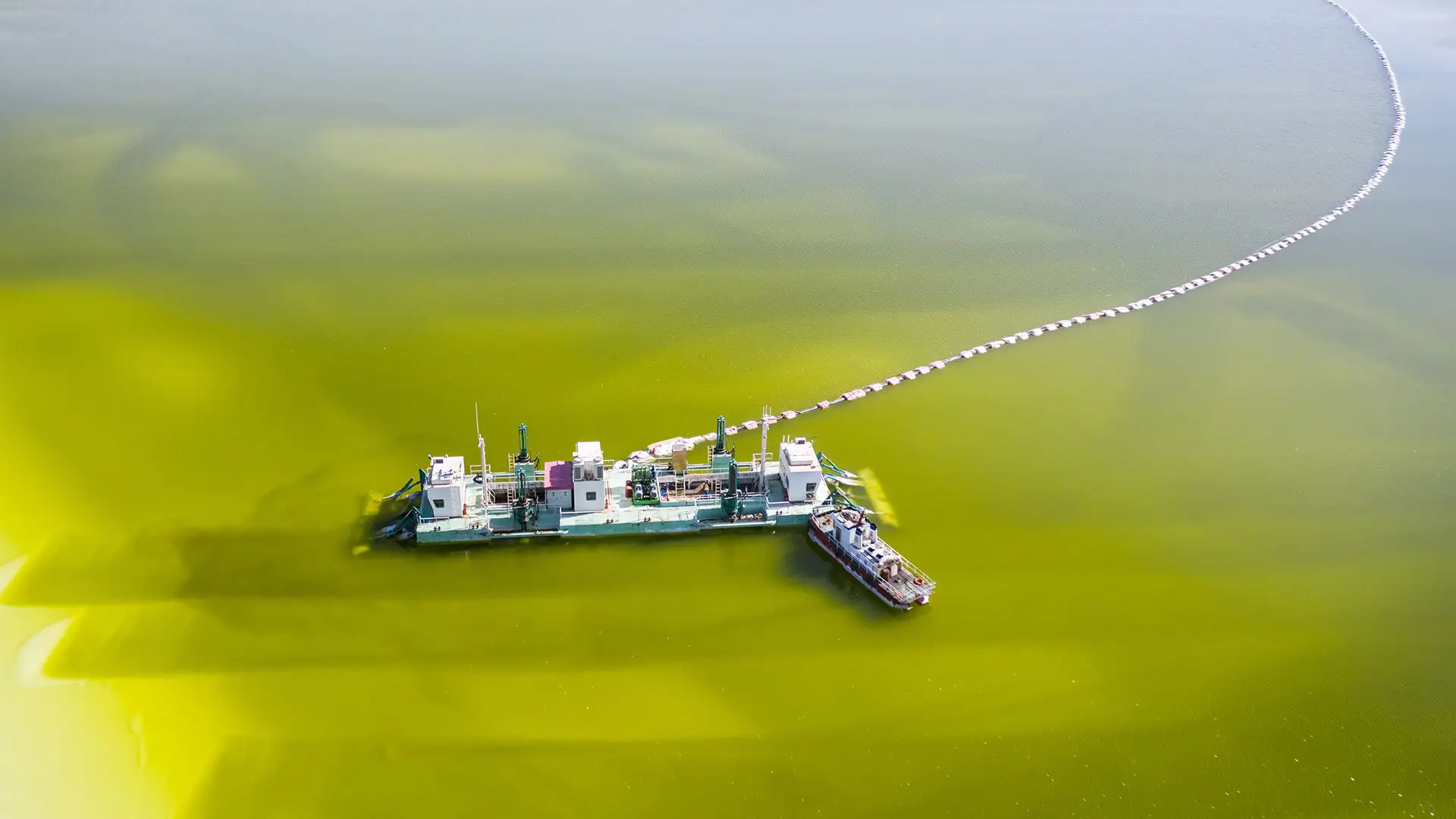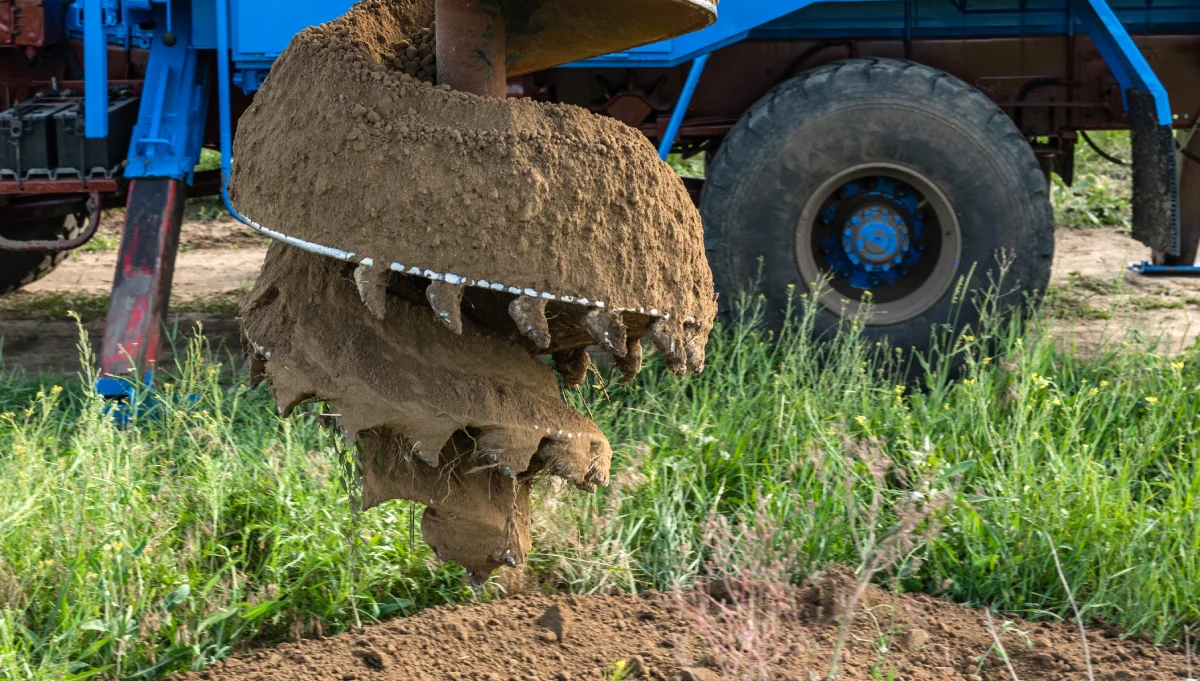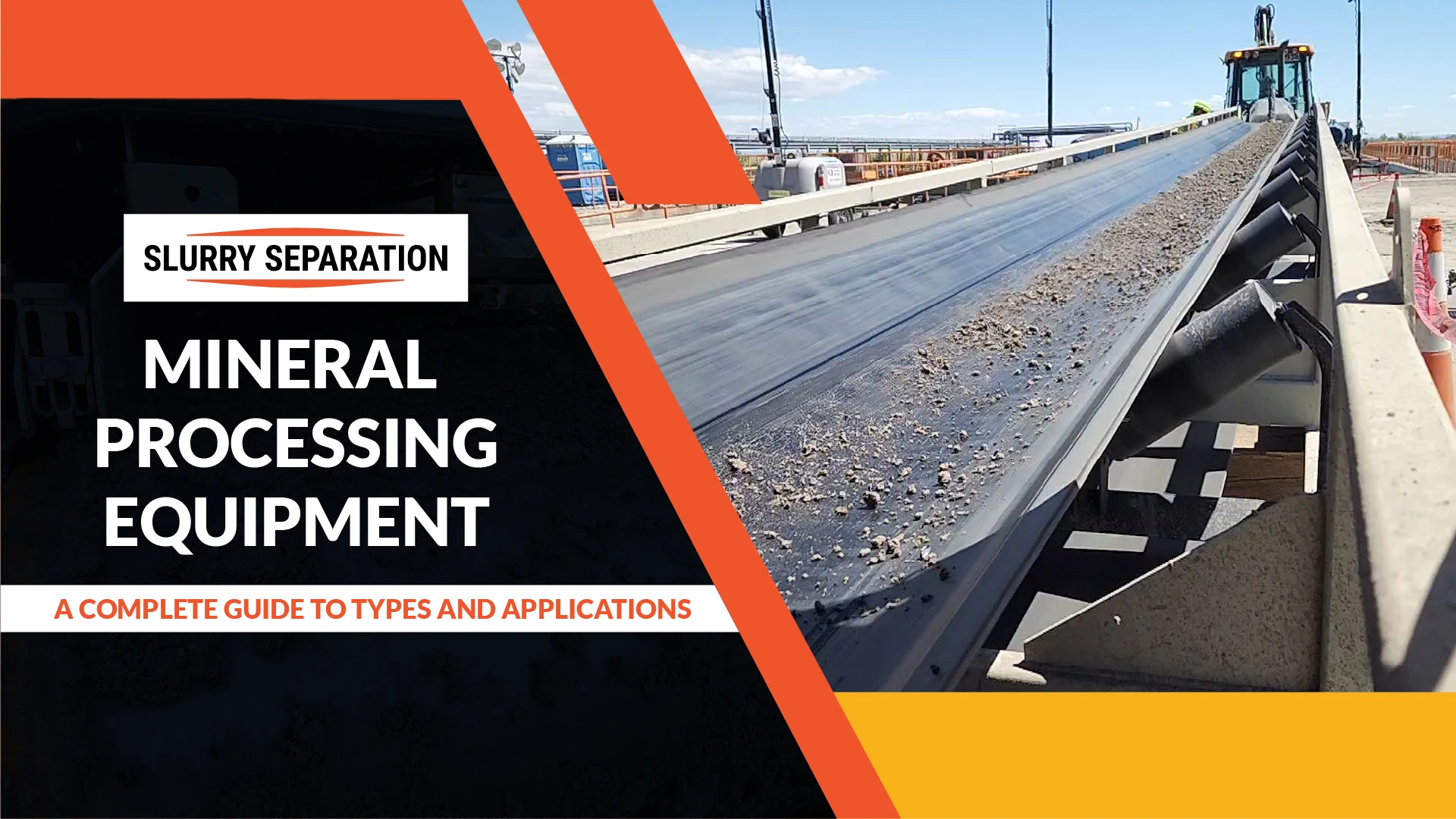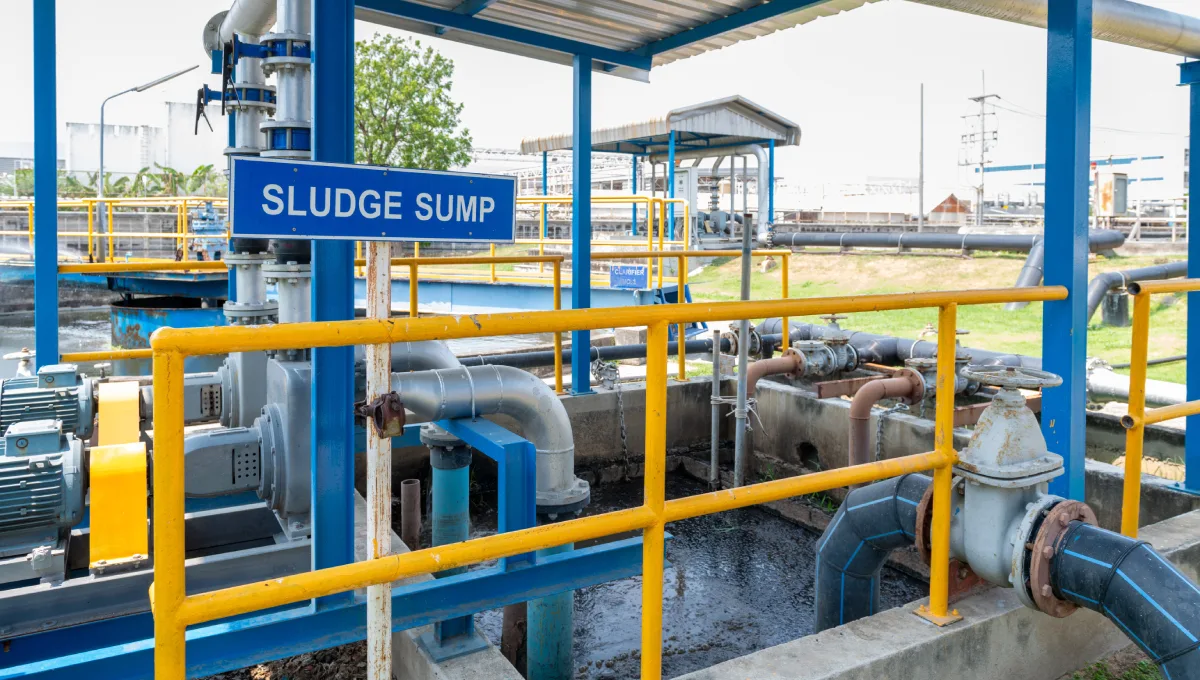Ponds are vital components of natural and human-made ecosystems, serving as critical reservoirs for water storage, irrigation, biodiversity, and recreation. These tranquil water bodies play essential roles in agriculture by ensuring a steady water supply and in aquaculture by hosting fish and other aquatic organisms. Additionally, ponds act as sanctuaries for wildlife and plants, fostering thriving ecosystems. Humans provide recreational opportunities, such as fishing, boating, and birdwatching.
However, maintaining a pond’s health presents challenges. Over time, silt—a combination of fine soil particles, organic debris, and sediments—accumulates at the bottom. This buildup reduces the pond’s capacity, degrades water quality, and disrupts ecosystems, transforming once-vibrant environments into shallow, lifeless basins.
Pond desilting is the solution to this issue. This essential maintenance process involves removing excess silt to restore the pond’s depth and functionality while improving water quality. Tools like a desilter or desander can help manage sediment effectively, preventing future issues. Regular pond desilting revitalizes the ecosystem, enhances biodiversity, and ensures that ponds remain valuable for agriculture, aquaculture, and recreation.
Pond owners can preserve these critical water bodies by proactively addressing silt accumulation, ensuring they continue to benefit the environment and human communities for years to come.
What is Pond Desilting?
Pond desilting is the process of removing accumulated silt and sediment from the bottom of a pond. This essential maintenance restores the pond’s original depth and water-holding capacity, improving its ability to support aquatic life and serve functional purposes like irrigation, recreation, or aquaculture.
The Process of Desilting
Pond desilting typically involves the following steps:
- Inspection and Assessment: Measuring the extent of silt accumulation and analyzing the pond’s condition to determine the appropriate desilting approach.
- Draining or Bypassing Water: Temporarily removing or redirecting water to expose the silt layer for easier removal.
- Silt Removal: Extracting sediment using suitable methods and tools.
- Disposal or Repurposing of Silt: The removed material is managed responsibly and is and is often repurposed for agricultural use or landscaping.
Common Methods of Pond Desilting
- Mechanical Dredging: Using heavy machineries, such as excavators or draglines, to directly remove silt.
- Hydraulic Dredging: Utilizing pumps and hoses to extract sediment in slurry form, often transported to disposal areas.
- Manual Desilting: For smaller ponds, manual tools like shovels and buckets are used in this labor-intensive approach.
Equipment for Desilting
Modern desilting relies on advanced tools to enhance efficiency. Equipment like dredge pumps, designers, and desilters are invaluable in handling large sediment volumes while minimizing environmental disruption. Pumps such as those from DAE Pumps or Eddy Pumps provide precision, saving time and costs in pond maintenance.
These innovations ensure pond desilting is effective, sustainable, and capable of preserving pond ecosystems for long-term use.
Causes of Silt Accumulation in Ponds
Silt accumulation in ponds occurs due to various natural and human-induced factors. Understanding these causes is crucial for implementing effective preventive measures and reducing the need for frequent pond desilting.
Natural Erosion and Runoff
Rainwater runoff is a major contributor to silt buildup. As water flows over surrounding land, it carries soil particles, debris, and sediment into the pond. Over time, these materials settle at the bottom, gradually reducing the pond’s depth and capacity. While erosion is a natural process, poor land management practices can exacerbate its impact.
Decomposing Organic Matter
Leaves, aquatic plants, and dead organisms that fall into the pond contribute to organic sedimentation. As this material decomposes, it forms layers of silt that can diminish water quality and require pond desilting. Organic debris also releases nutrients into the water, promoting algae growth and further altering the pond’s ecosystem.
Sedimentation from Human Activity
Human activities such as construction, agriculture, and deforestation near ponds significantly increase sedimentation rates. Runoff from fertilized fields introduces excess nutrients, leading to accelerated organic accumulation and siltation. This sediment, rich in nutrients, can create an ideal environment for invasive plants and algae. Using tools like a desander or desilter can help control sediment inflow and prolong the pond’s usability.
Addressing these causes proactively through preventive measures can reduce the frequency of pond desilting and help maintain a healthy pond ecosystem.
Effects of Excessive Silt on Water Quality
Excessive silt accumulation in ponds can significantly negatively impact water quality and the overall health of the ecosystem. Understanding these effects underscores the importance of regular pond desilting to maintain a healthy and functional pond.
Decreased Water Storage Capacity
When silt builds up, the pond’s depth and volume are reduced. This limits its capacity to hold water for essential purposes like irrigation, aquaculture, or recreational use. Over time, the pond becomes less efficient and may require immediate intervention, such as using a desilter or desander to remove the accumulated sediment.
Reduction in Oxygen Levels
A thick layer of silt reduces dissolved oxygen in the water, creating unfavorable conditions for fish and other aquatic life. Oxygen depletion can lead to the death of sensitive species and disrupt the pond’s ecological balance. Regular pond desilting helps restore oxygen levels, supporting a thriving aquatic habitat.
Eutrophication and Algal Blooms
Silt often contains high levels of nutrients, such as phosphorus and nitrogen, which encourage the growth of algae. This process, known as eutrophication, blocks sunlight and further depletes oxygen, resulting in dead zones where aquatic life cannot survive.
Impact on Clarity and Ecosystem Health
Silt clouds the water, reducing its clarity and hindering photosynthesis for aquatic plants. This disruption negatively affects the entire ecosystem, from microorganisms to larger species.
Pond owners can improve water quality and ensure a balanced, sustainable ecosystem by addressing these issues through effective measures like pond desilting.
Benefits of Regular Pond Desilting
Regular pond desilting is essential for maintaining a vibrant and functional ecosystem. It offers several key benefits for the environment and the pond’s long-term usability.
Improved Water Quality
Desilting removes accumulated sediment, improving water clarity and boosting oxygen levels. This creates a healthier environment for aquatic life, promoting biodiversity and overall ecosystem health.
Restoration of Depth and Capacity
Excess silt reduces the pond’s water-holding capacity. Regular desilting restores the pond to its original depth, ensuring sufficient water storage for purposes like irrigation, aquaculture, and recreation.
Enhanced Habitat for Aquatic Organisms
A clean pond provides an optimal habitat for fish, insects, and aquatic plants. Pond desilting maintains suitable living conditions and supports biodiversity and the ecological balance of the pond.
Prevention of Algae and Invasive Plants
Silt is often rich in nutrients that fuel algae and invasive plant growth. Removing this sediment prevents overgrowth, protects native species, and ensures the pond remains clear and functional.
Cost Savings
Proactive desilting avoids the need for large-scale rehabilitation efforts, saving significant time and resources. Advanced tools like a desilter or desander streamline the process, making maintenance efficient and cost-effective.
Regular maintenance through pond desilting ensures a healthier, more sustainable water ecosystem for years to come.
How to Plan and Execute a Pond Desilting Project
Executing a pond desilting project requires thoughtful planning to ensure efficiency and minimal environmental impact. Following these key steps will help you achieve the best results.
Assessing Silt Accumulation
Conduct depth surveys and analyze sediment levels to determine the extent of silt buildup. This step is crucial for identifying problem areas and selecting the most appropriate desilting method. In this phase, professional input can be valuable, as experts can provide accurate assessments of the pond’s condition.
Selecting the Right Method
The choice of desilting method depends on the pond’s size, accessibility, and purpose. For large ponds, hydraulic dredging with advanced equipment like desilters is highly effective. Smaller ponds may benefit from manual desilting techniques using tools such as shovels or buckets. A desander can also be used to remove fine particles during the process, further improving water quality.
Engaging Professional Services
Hiring professionals ensures the project is handled efficiently and responsibly. Experts use advanced tools, such as dredge pumps, to desilt ponds, minimizing disruption to the pond’s ecosystem while achieving optimal results.
Minimizing Environmental Impact
To reduce harm to aquatic life, schedule desilting during periods of low activity, such as colder months when wildlife is less active. Additionally, opt for eco-friendly techniques and responsibly dispose of or repurpose the removed silt.
A well-planned pond desilting project restores the pond’s functionality, enhances its ecosystem, and ensures long-term benefits for the environment and its users.
Preventive Measures to Reduce Silt Accumulation
Preventing silt accumulation is as important as regular pond desilting to maintain a pond’s health and functionality. The following measures can significantly reduce sedimentation and extend the time between desilting projects.
Sediment Traps and Vegetation Buffers
Installing sediment traps is an effective way to capture debris before it enters the pond. These traps work as barriers, filtering out larger particles that contribute to silt buildup. Additionally, planting vegetation around the pond’s perimeter helps stabilize soil, preventing erosion and reducing the inflow of loose sediments. Vegetation also absorbs excess nutrients that may otherwise fuel algae growth.
Regular Monitoring and Maintenance
Frequent inspections are crucial for detecting silt buildup early. By identifying problem areas, sedimentation can be mitigated before it becomes a significant issue. Routine maintenance minimizes the frequency of costly pond desilting and ensures the pond remains in optimal condition.
Erosion Control
Implementing sustainable landscaping practices is another effective strategy. Properly managing runoff through contouring, mulching, or installing drainage systems reduces the flow of sediment-laden water into the pond. Using equipment like a desander or desilter can further manage finer sediment inflow and improve water quality.
By combining these preventive measures with regular pond desilting, you can maintain a healthier ecosystem and ensure your pond remains functional and vibrant for years to come.
The Role of Technology in Modern Pond Desilting
Technological advancements have revolutionized pond desilting, making the process more efficient, precise, and environmentally friendly. Modern tools and techniques have simplified silt removal, reducing both labor and costs.
Innovative Equipment
State-of-the-art equipment, such as Eddy Pumps and DAE Pumps, has transformed traditional desilting methods. These advanced tools are capable of handling large volumes of sediment with minimal environmental disturbance. Additional equipment like desanders and desilters plays a crucial role in separating finer particles from water, improving water quality during and after the desilting process.
Efficiency and Cost Savings
Modern technology has significantly improved the efficiency of pond desilting. High-powered pumps and automated systems reduce the time and workforce required, lowering overall project costs. This makes desilting more accessible for pond owners and ensures ponds remain functional without expensive delays.
Remote-Controlled Dredging
Automation and remote-controlled systems have further enhanced precision and safety in pond desilting. These systems allow operators to remove sediment efficiently, even in challenging or hazardous environments. Remote controls also ensure minimal disruption to aquatic ecosystems.
Pond owners can achieve better results with less effort by leveraging technology and using tools like desanders and desilters. These advancements make pond desilting a more sustainable and effective solution for maintaining water quality and ecosystem health.
Conclusion
Regular pond desilting is a critical maintenance practice that ensures water quality, supports ecosystem health, and preserves ponds’ long-term functionality. Over time, silt accumulation reduces a pond’s depth and capacity, jeopardizing its ability to serve essential purposes like irrigation, aquaculture, or recreation. Proactively addressing silt buildup prevents these issues and protects ponds from costly repairs or rehabilitation.
Modern desilting techniques, coupled with advanced tools like desanders and desilters, have made this process more efficient and eco-friendly. By effectively removing sediment, these tools enhance water clarity, improve oxygen levels, and restore habitats for aquatic life. Regular maintenance safeguards the pond’s ecological balance and ensures that it remains a valuable resource for future generations.
Whether your pond supports agriculture, serves as a recreational hub, or contributes to biodiversity conservation, keeping it well-maintained is essential. Regular maintenance reduces the risks of algae overgrowth, invasive plant infestations, and water quality degradation. Advanced equipment like desanders and desilters ensures precise and effective silt removal, minimizing disruption to the environment.
Take action today to protect your pond. Consult with professional dredging services that specialize in sediment removal and utilize cutting-edge technology to restore its health and functionality. With proper care, your pond can continue to be a lasting asset, providing invaluable benefits to the environment and your community.

